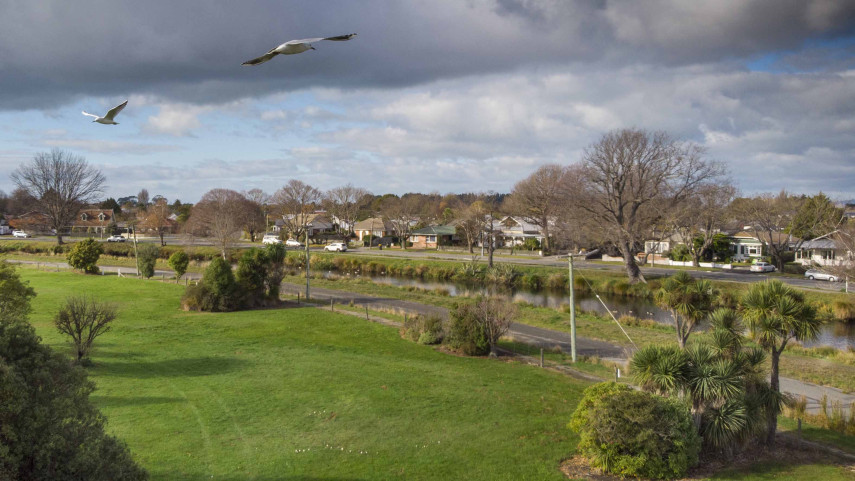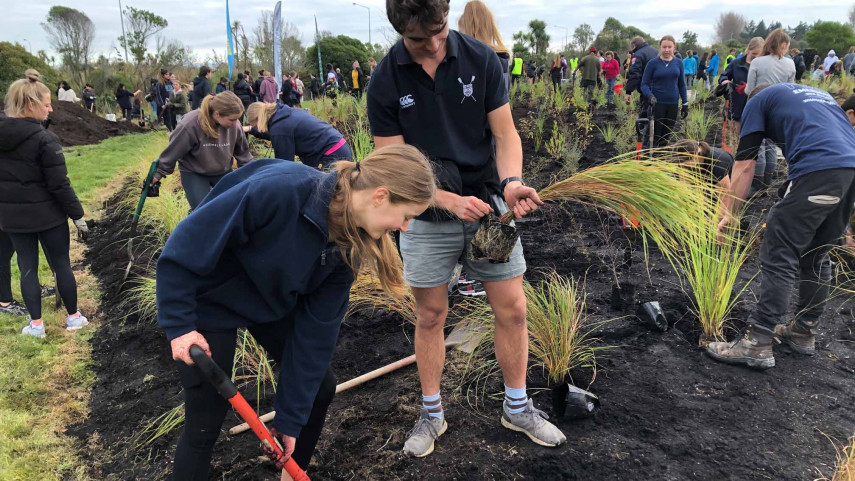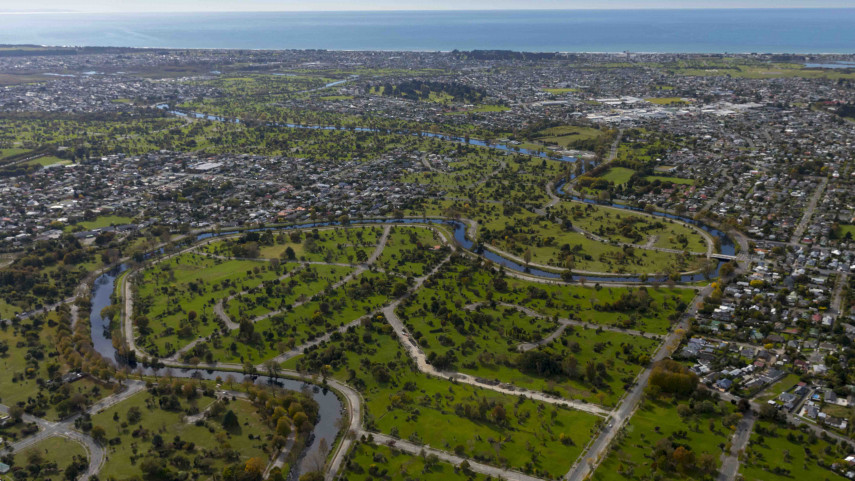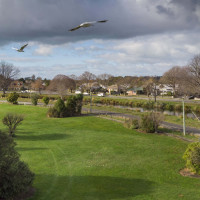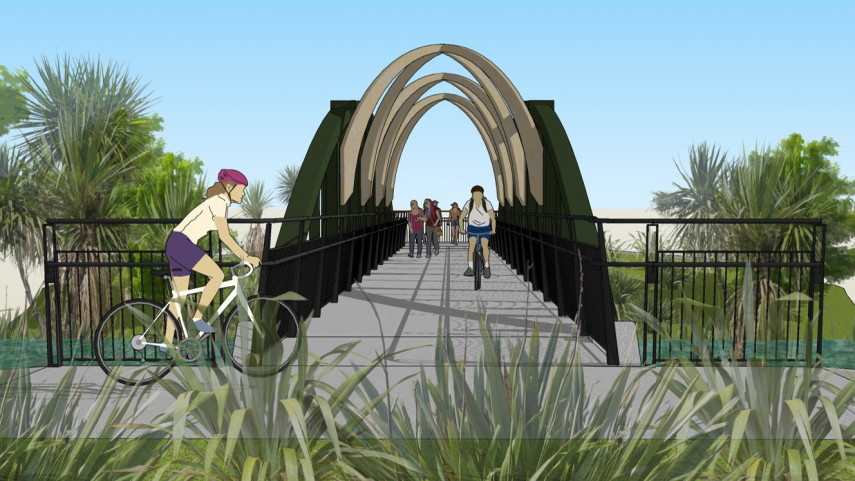
Community influence design of new bridges

Share this story
Community feedback has resulted in changes being made to the plans for three new pedestrian and cycle bridges across the Ōtākaro Avon River.
The bridges are being built to kick-start the regeneration of the former red-zone corridor along the river and are being funded by a $13.7 million grant from the Christchurch Earthquake Appeal Trust.
“We released initial concept plans for the bridges, and a landing in Dallington, earlier this year and got some really constructive feedback from the local community,’’ says Christchurch City Council Residential Red Zone Manager Brenden Winder.
“Most people generally saw the benefits of having more crossing points along the river, but there were concerns expressed about some of the design elements, particularly the colour choice for the bridges and the lack of cultural identity.
“We have taken that feedback on board and have been working with Ngāi Tahu's design agency, Matapopore, on how we should incorporate mana whenua identity into the bridges and the Dallington landing.
“The colour of the Snell Place bridge, which we have moved about 40 metres so it doesn’t interfere with high-voltage underground power lines, has been changed from white to green so it blends in more with the surrounding environment. We’re also now proposing to use wooden elements, where possible, such as on the decorative arches of the bridge, to soften the impact on the environment.
“Some people did ask if all the bridges could be made entirely from timber, but it would cost too much and they would need to be rebuilt after about 50 years,’’ Mr Winder says.
The colour of the new Medway Street bridge has also been changed, from white to a greyish brown.
“Some people asked whether a reference to the old, twisted Medway Bridge could be included in the new bridge. We looked at how this could be done but in the end decided that this reference was best achieved in the existing tribute to the old bridge on Avonside Drive,’’ Mr Winder says.
The Avondale Bridge, which will provide a new connection to land proposed for wetland regeneration, has been changed to include a wooden ramp at both ends.
Mr Winder says all the new bridges and their entry points have been designed to handle very heavy rain and flooding, as well as the impacts of future sea level rise.
Work on constructing the bridges is due to start in early 2021.
*Pictured above, an artist's impression of the new Snell Place bridge.

